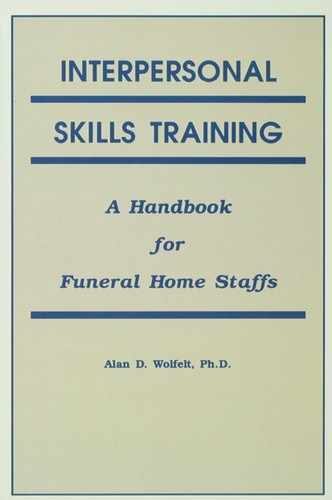SKILL TWO: PARAPHRASING
a. Paraphrasing is a method of restating the person’s basic message in similar, but usually fewer, words.
b. State in your words what the person has said.
c. Extract the essence of what the person has said.
2. IDENTIFY PURPOSES FOR USING THE SKILL
a. To allow you to test your own understanding of what the person has said.
b. To communicate to the person that you are trying to understand his or her basic message. You are listening to him or her, which makes the person aware of your concern.
3. ENHANCE UNDERSTANDING OF THE SKILL
Paraphrasing allows you to discriminate and respond to people without changing the meaning of what they have said. Again, the major purpose of paraphrasing is to be certain you understand what someone has said and to communicate that understanding back to them. This skill allows the person you are helping to expand on what he or she thinks and feels. The person will know that you are really listening when you accurately paraphrase.
You may find yourself tempted to “add to” the person’s message. Try to overcome this urge. A real difference exists between paraphrasing and interpreting. If you find yourself adding to the person’s basic message, odds are you have moved in the direction of interpreting or projecting your own thoughts into the interaction. This often takes the focus off the person you are helping and puts it on you.
To help yourself in the learning process, simply ask yourself, “What is this person saying and feeling?” Then, when a natural break occurs in the interaction, offer your paraphrase to the person. As you develop this skill you will discover that the person you are attending to will often confirm the accuracy of your paraphrase through verbal and nonverbal means.
Be patient with yourself and remember the learning phases involved in acquiring new skills. Learning how to accurately paraphrase will naturally take time to learn and require repeated experience with appropriate feedback from the trainer.
You will discover that paraphrasing dramatically enhances your ability to listen. To use this skill effectively, you must want to understand the person, to communicate meaningfully, and to relate with acceptance and trust. Your efforts to learn this and other skills outlined in this text are evidence of your commitment to enhancing your helpfulness as a funeral director.
4. ILLUSTRATE THE USE OF PARAPHRASING
Trainer will model this skill repeatedly to help participants in the learning process.
Bereaved Daughter: “The doctor was so helpful. He came by to see Mom every day and really seemed to care about her.”
Funeral Director: “The doctor was a big help.”
Bereaved Son: “Sometimes we would all be real serious. Then Dad would walk into the room, and everyone would brighten up. We would all laugh and carry on for hours at a time when he was around.”
Funeral Director: “Your Dad could help people relax and have fun.”
Bereaved Spouse: “My family really seems to know when I’m feeling sad about John’s death. They encourage me to talk about what I’m feeling.”
Funeral Director: “It sure sounds like you appreciate your family’s concern for you.”
a. The person experiences a feeling of being understood and accepted.
b. The person has a clearer perception of what they thought and felt.
c. The person has a sense of direction in the dialogue with you. The person is encouraged to continue to tell you more.
d. Paraphrasing quickly clears up any confusing communications. The person will occasionally correct you, but this simply aids in clarifying any misunderstanding of what you thought you heard him or her say.
e. Misperceptions are corrected before they increase to complete misunderstandings.
Trainer will do any additional role-play modeling to enhance the ease of learning for participants.
GROUP REHEARSAL WITH TRAINER PARAPHRASING
Directions
The trainer will talk to the group about any topic. The task is for everyone to listen and when a natural break occurs anyone can offer to paraphrase what the trainer has said.
Expectations
This will allow everyone to practice in the group setting in a non-threatening environment. The trainer will provide immediate feedback on the accuracy of the paraphrases and make any suggestions for improvement. This activity also allows participants to observe that paraphrasing often can occur accurately in more than one way. Participants will be encouraged to ask follow-up questions and clarify any misunderstandings related to this important skill.
TRIAD BREAK-OUT REHEARSAL PARAPHRASING
Directions
Work in triads. One person (speaker) should talk freely for five minutes about any topic of interest. The second person (helper-listener) to whom he is speaking will concentrate on using the skill of paraphrasing. The third person (observer) will be available to provide follow-up feedback on the accuracy and helpfulness of the paraphrasing.
Each member of the triad will rotate through each of the three roles: speaker, helper-listener, and observer. The trainer will circulate throughout the room and be available for questions or concerns.
Expectations
Again, this activity will provide immediate feedback as participants work to develop this skill.
7. SUMMARIZE AND LIST GUIDELINES FOR THE SKILL
8. NOTES OR QUESTIONS YOU HAVE FOR THE TRAINER RELATED TO THIS SKILL
